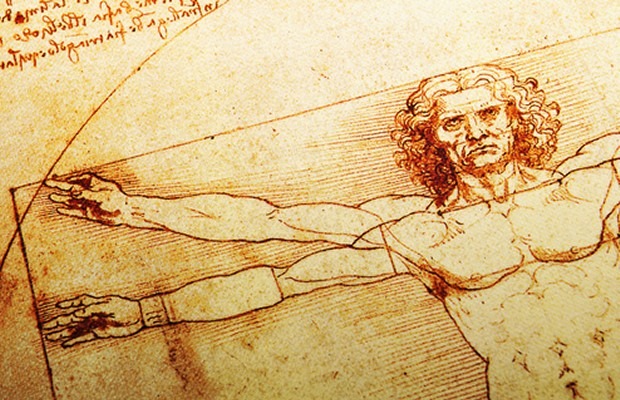
Our Human Anatomy course provides necessary background information which is essential for students to assimilate anatomy information. Our course is useful for increasing not only an intellectual understanding of anatomy but also self-awareness of the body in action. For most people, anatomy can be somewhat intimidating, but this beginning level course will help you sort through fascinating facts about the human body in a straightforward, easy to comprehend manner.
* You have 4 weeks to complete this course from date of your enrollment.
Human Anatomy course content
The Human Anatomy course consists of 4 modules:
Human Anatomy Module 1 Terminology and the Head and Neck Region
Module one begins with an introduction of the study of movement and muscles. Beginning with basic anatomical terminology, module one reveals the meaning in a standard anatomical position. Also included in this module is the study of musculoskeletal anatomy, the main focus is on muscles and the bones to which they attach. Finally, included in module one, is a study of the head and neck regions of the human body.
- Anatomical Terminology
- Bones, Muscles, and Joints
- The Skull
- Base of the Skull and Its Attachments
- Muscles of the Face and Jaw
- Suspensory Muscles of the Larnyx
- The Tongue
- Muscles of the Palate
- Muscles of the Throat
- The Larynx
Human Anatomy Module 2 The Spine and Trunk Region
Module two covers the spine and truck regions of the human body, beginning with the anterior muscles of the cervical spine. Moving on, we will take a close examination of the vertebrae of the spine, which forms the central support structure for the body. After learning more about the spine, the study moves on with the supporting ligaments of the spine, and the muscles groups of the back and the layers connecting the pieces together.
- Anterior Muscles of the Cervical Spine
- The Vertebrae of the Spine
- The Spine and Its Supporting Ligaments
- Muscles of the Back: Deep Layers
- Muscles of the Back: Middle and Superficial Layers
- Muscles Attaching to the Front of the Spine
Human Anatomy Module 3 The Thorax, Abdomen, Shoulder Girdle and Upper Limb
Module three examines the thorax and the abdomen sections of the human body. Beginning with the thorax and muscles of respiration, the module will continue on to learn more about the muscles of the abdomen and compare them to the muscles of the back. The rib cage as a whole is supported by various muscles. Module three will carefully examine each of these suspensory muscle groups. Also included in module three is the anatomy of the shoulder girdle and upper limbs. We will study the muscles of the arm and shoulder, forearm, hand, and wrist.
- The Thorax and Muscles of Respiration
- The Abdominal Muscles
- Suspensory Muscles of the thorax
- The Spiral Musculature of the Trunk
- The Shoulder Girdle
- Muscles of the Arm and Shoulder
- Muscles of the Forearm
- Muscles of the Hand and Wrist
- Intrinsic Muscles of the Hand
Human Anatomy Module 4 The Pelvis and Lower Limb
Module four takes a look at the pelvis and lower limb. Beginning with the pelvic girdle, the study will move on to the muscles of the pelvis and hip. The pelvis plays a crucial role in posture and movement and it is important to learn about the support structure for the legs. The muscles of the upper leg and their groups and purpose will be examined in module four, as well as, the knee, lower leg, and ankle. Finally examined in module four is the muscles of the foot.
- The Pelvic Girdle
- Muscles of the Pelvis and Hip
- Muscles of the Thigh
- The Knee, Lower Leg, and Ankle
- Muscles of the Ankle and Foot
- Intrinsic Muscles of the Foot
After completing the Human Anatomy course
After completing the Human Anatomy course, you should be able to:
- Explore basic anatomical terminology of the human body
- Explore the head, neck, spine and truck regions of the human body
- Study the thorax, abdomen, shoulder girdle and upper limb regions of the human body
- Study the pelvis and lower limb regions of the human body
Course duration
The Human Anatomy course is 24 hours long, taught over 4 weeks.
